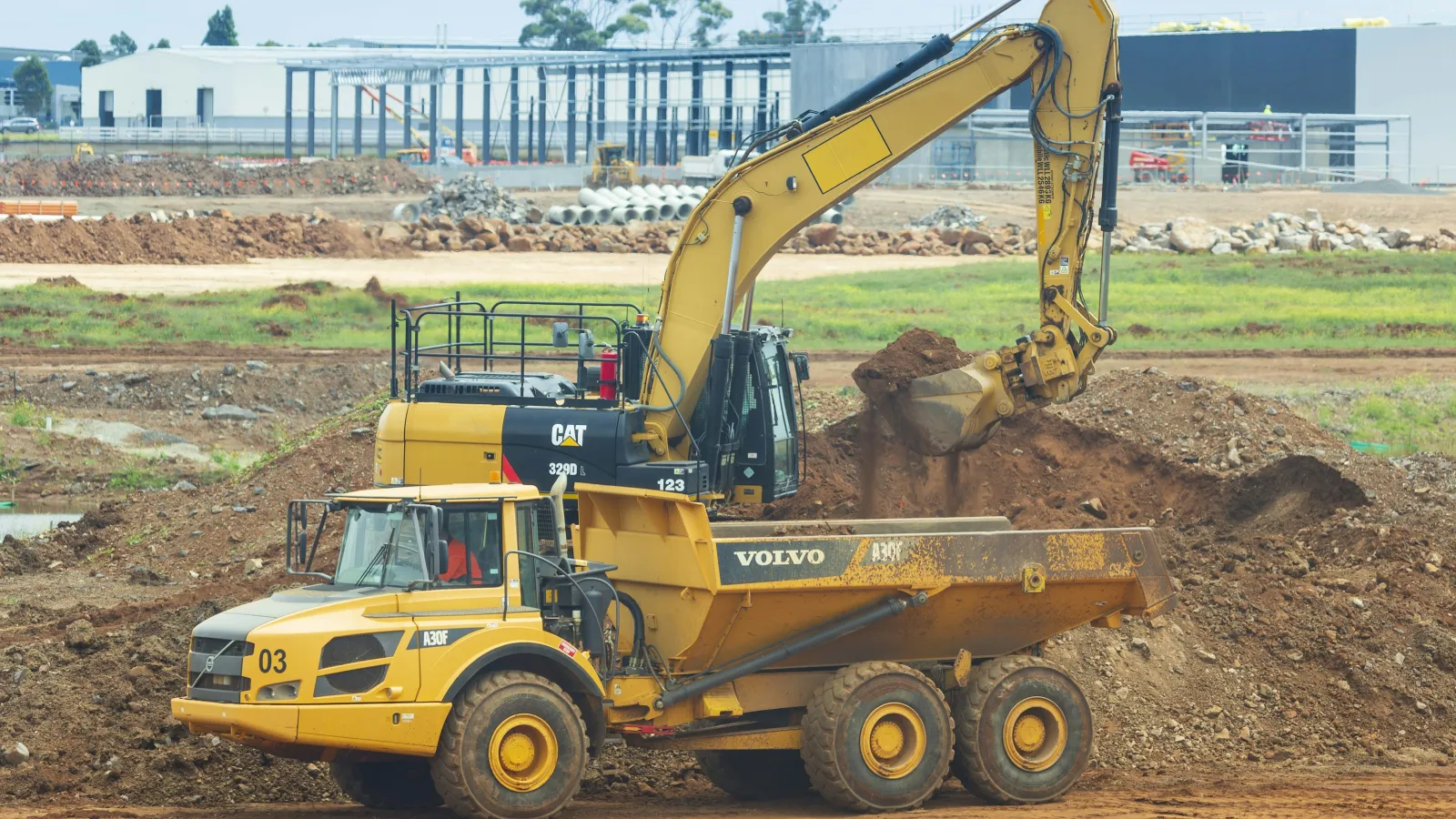The Difference Between Deconstruction and Demolition (and How To Figure Out Which You Need)
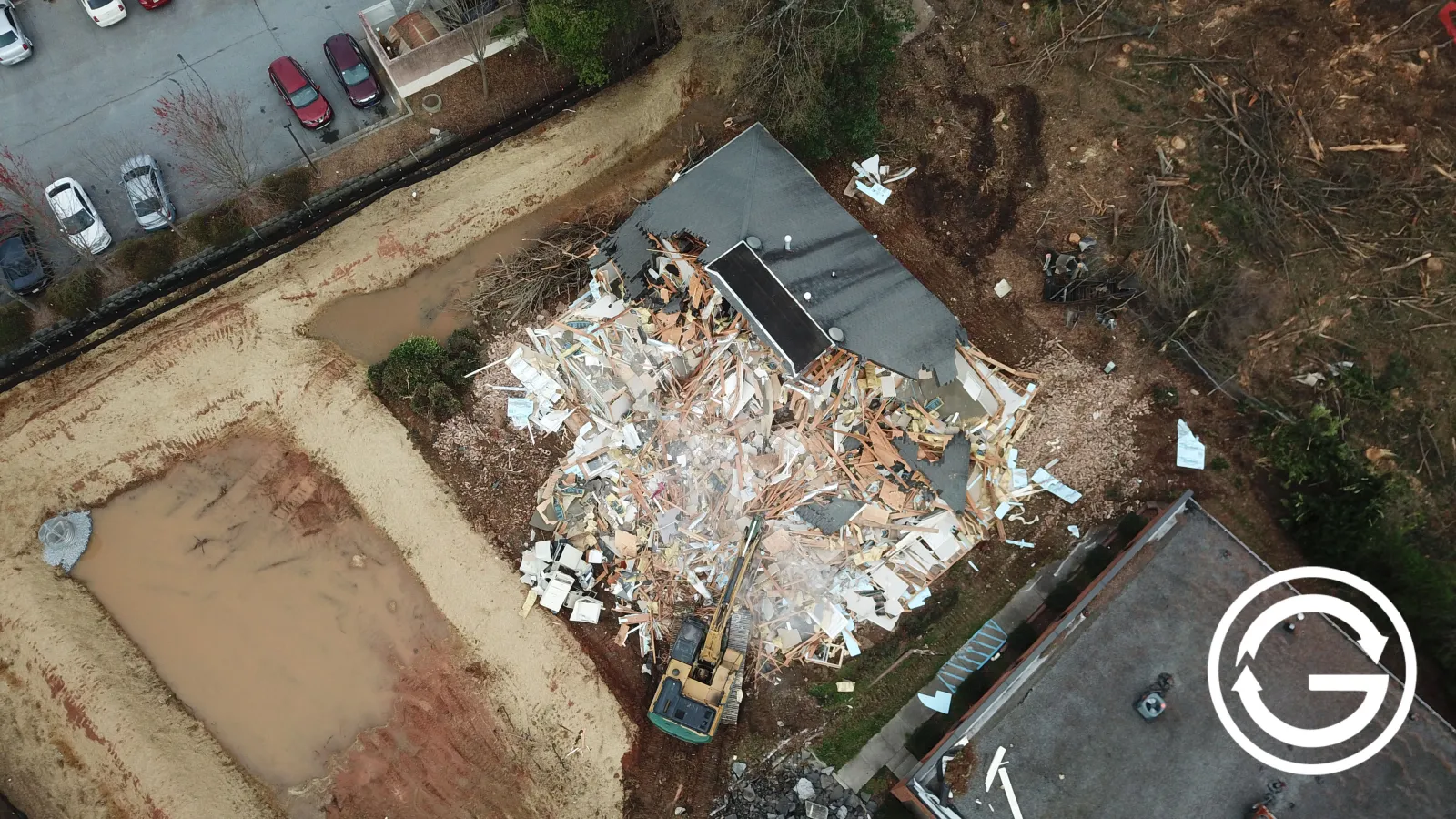
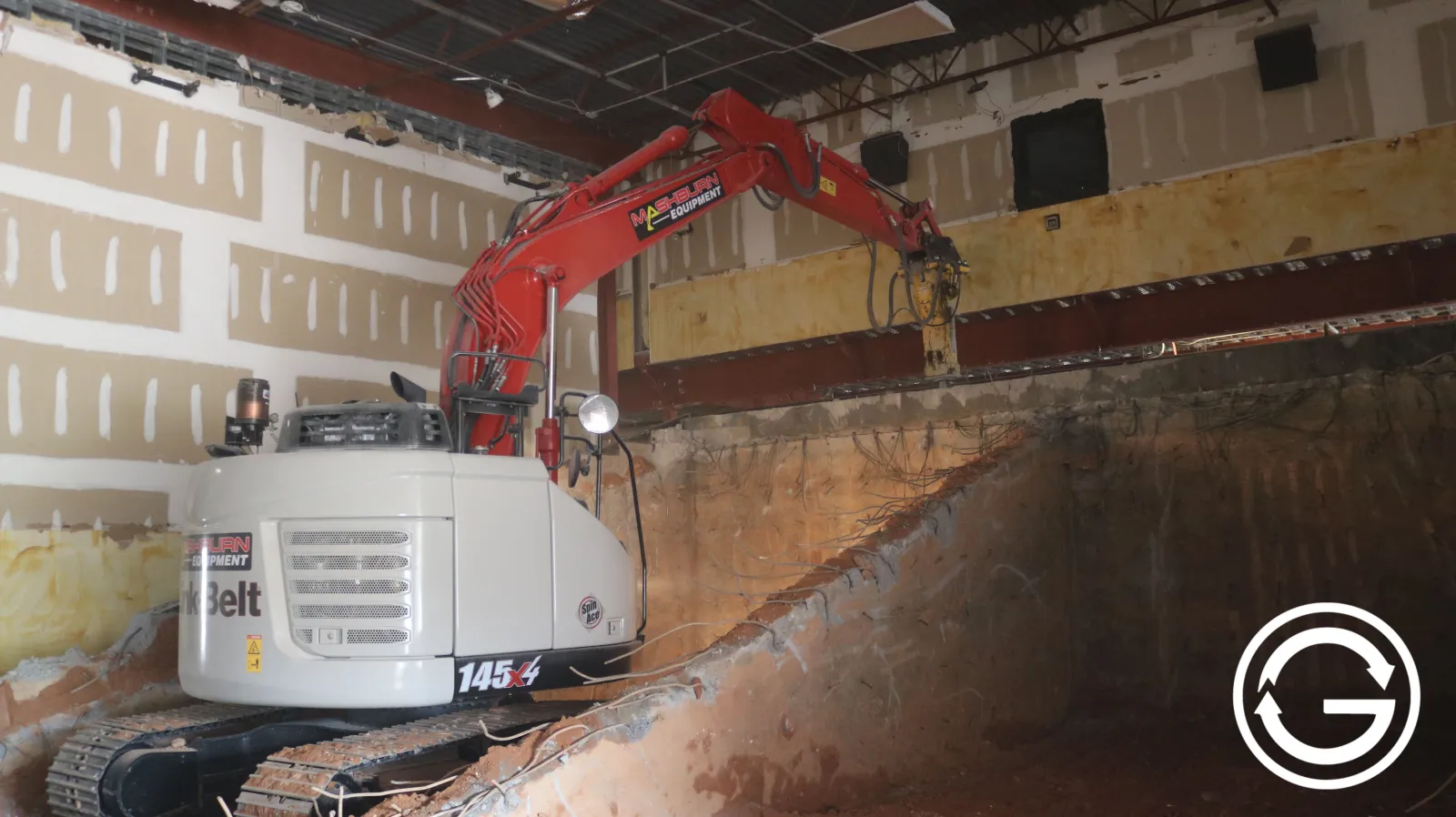
We've heard a lot of people use the term "demolition" to refer to any project where a building is taken down, but there are actually a few different ways this can happen. The biggest distinction is between traditional demolition and deconstruction. Deconstruction is usually sold as the more environmentally friendly option, but there are ways in which demolition can be done to reduce environmental impact, too.
Here we'll outline the main difference, as well as some of the pros and cons of each. The important thing to keep in mind is what your stated goals are. Whether that is to contain costs, get a job done quickly and safely, keep material out of the landfill, or mix all three, many methods can be used.
Demolitions vs. Deconstruction: The Main Difference
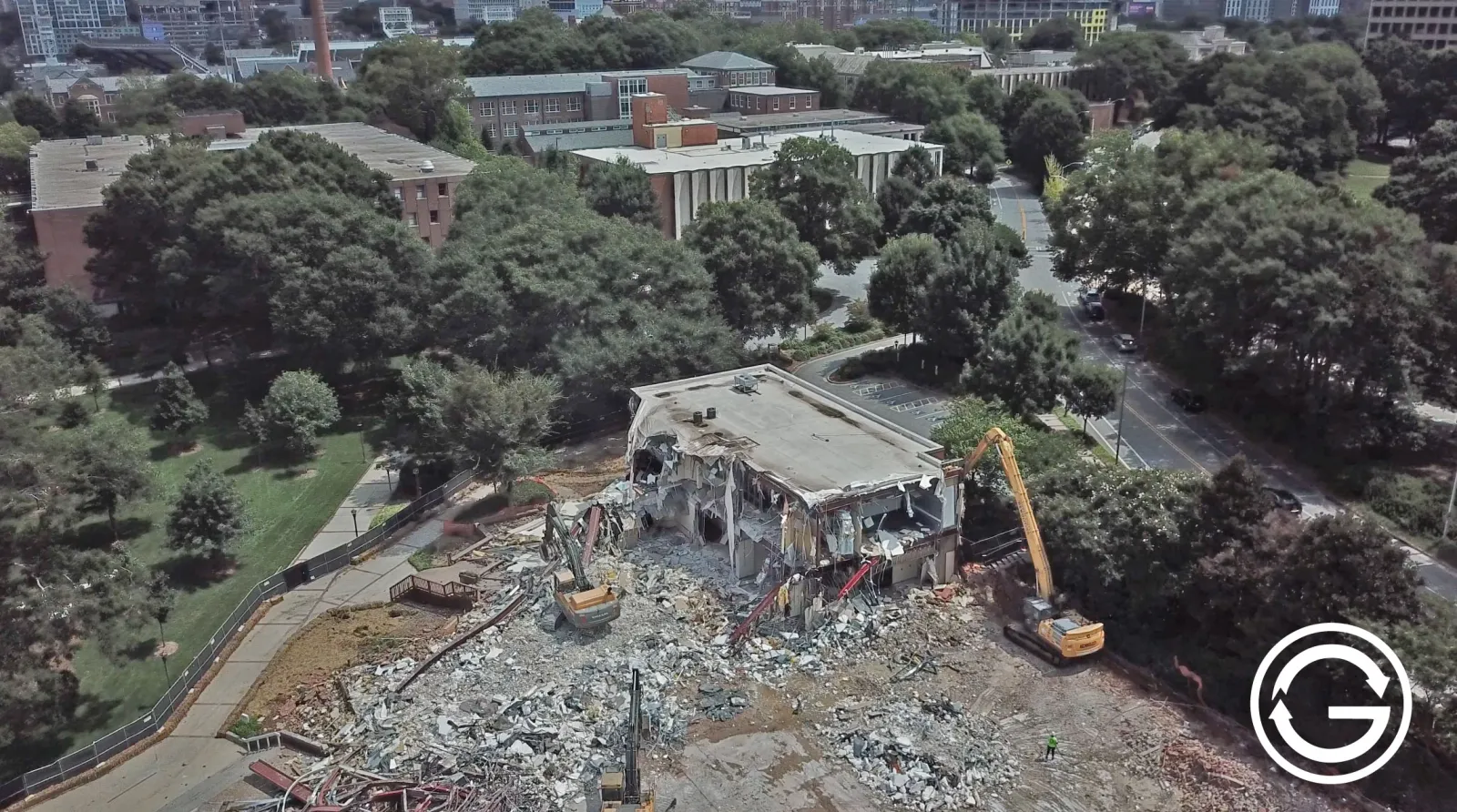
Demolition is simply the act of taking down a building or structure. This can be done in many ways, but usually involves large pieces of construction equipment (backhoes, bulldozers, excavators, etc.). It can also include breaking up concrete (parking lots, walkways, ramps, foundations), tearing out piping for plumbing, and other activities. The main goal is to remove a structure, clearing the way for new construction or infilling the land. (Demolition is also sometimes referred to as "wrecking," though this is a somewhat older term.)
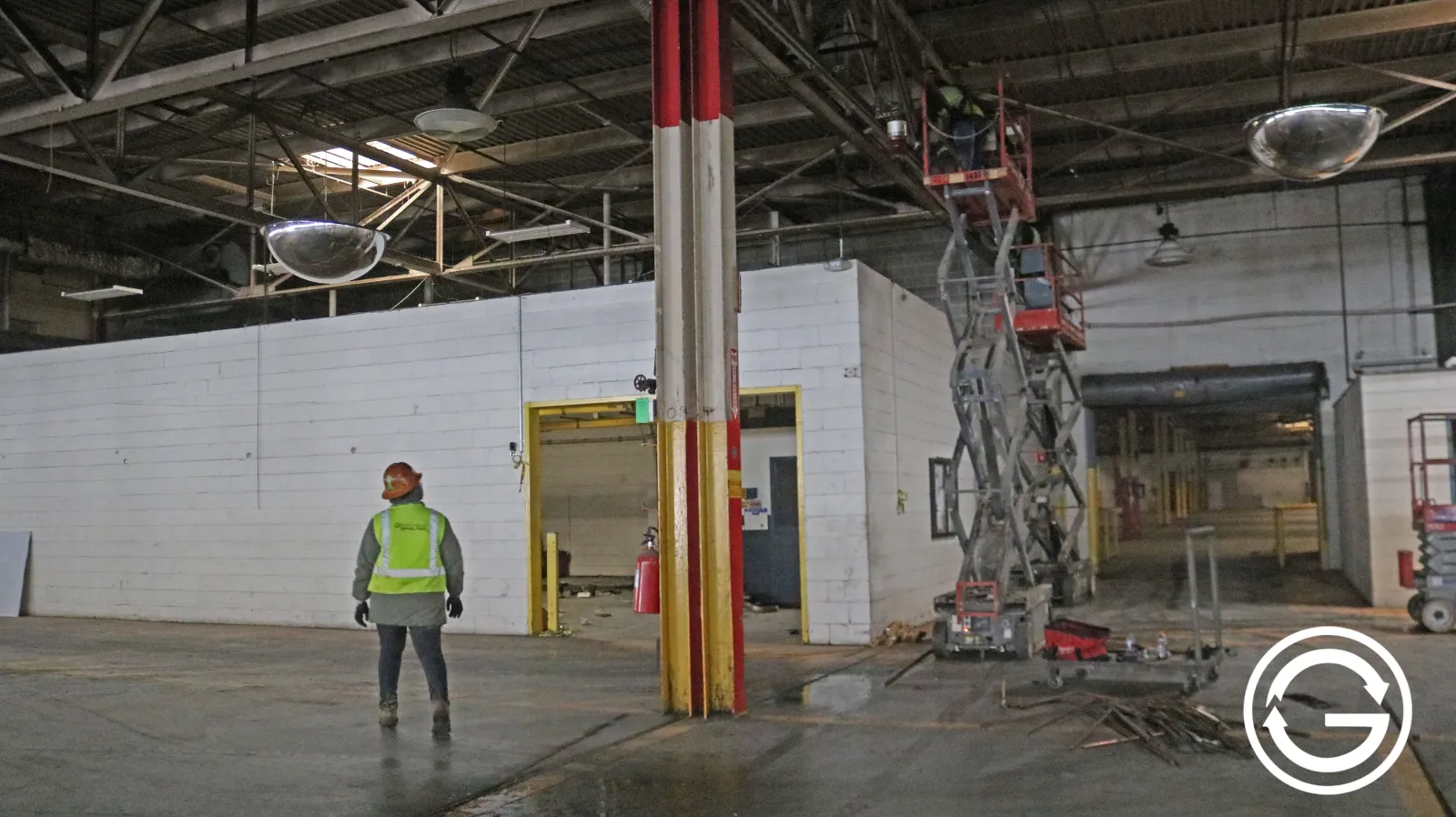
Deconstruction is a slower process where the material is stripped a piece at a time to try and reclaim it before taking down the structure. Materials are either preserved for future use or broken down and recycled. Deconstruction has gained national notice only in the past few decades, fueled by the demand for cheaper building materials and increased public consciousness about recycling and environmental impact. While there were only a few companies doing deconstruction back in the 1990s, there is now an entire industry devoted to it.
So is deconstruction the more environmentally friendly option? Yes, deconstruction does save items for reuse later on, and that keeps them out of landfills. So for some types of buildings, it makes sense.
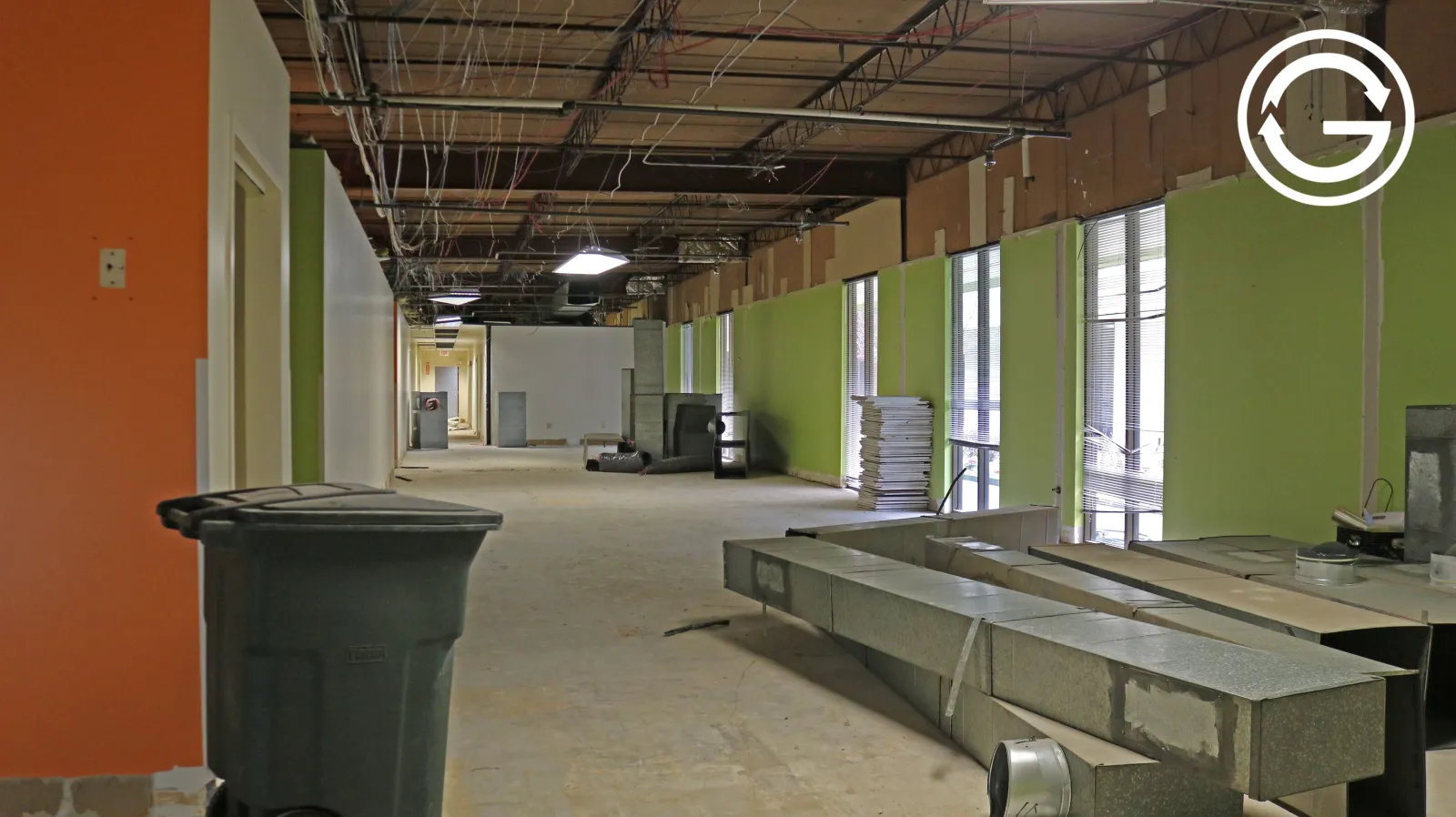
But remember: Materials are materials, and a good number of the materials used in home construction can be recycled. One expert in-home demolition estimates that roughly 75% to 90% of the materials in an average house can be reused or recycled. This is true whether the materials are stripped out in deconstruction, or gathered, hauled, and recycled as part of a turnkey demolition.
Why Does This Matter?
When a building or part of a building comes down, the first consideration is how to do it safely, with minimal risk and no surprises. Then, you must also consider what happens to those materials after the building comes down.
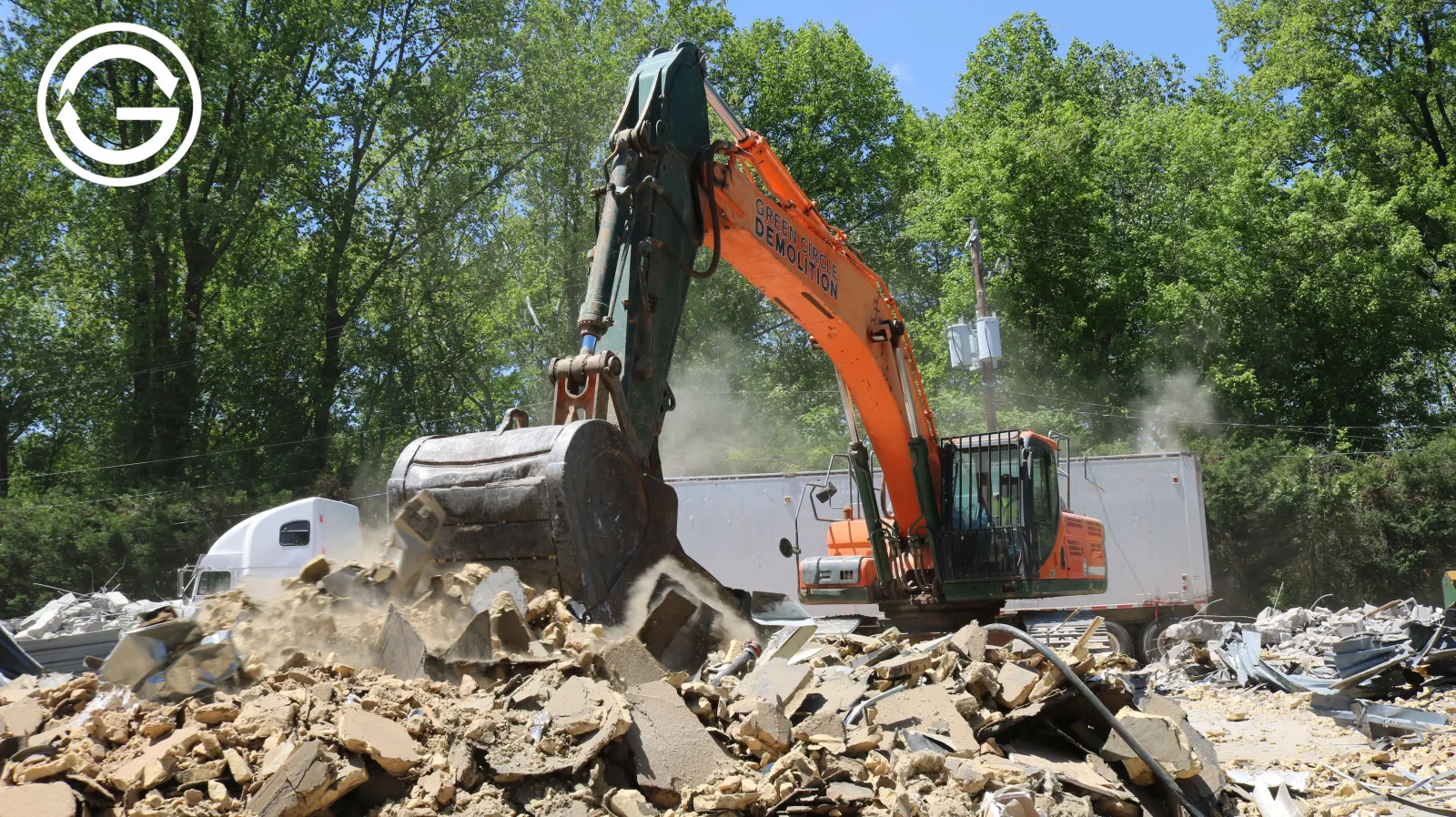
According to the EPA, there are over 2,600 landfills in the United States. Landfills comprise one of the biggest contributors to soil pollution. Much of the waste in these landfills is "C&D" (construction and demolition) waste. The EPA estimates that 600 million tons of C&D debris were generated in the United States in 2018—more than twice the amount of generated municipal solid waste (i.e. what we think of as garbage services).
And of that C&D debris, only 10% comes from construction. The other 90% was—you guessed it—from demolition activities.
It's no wonder that deconstruction has caught on. That said, there are responsible ways of doing demolition, too. With proper planning, recycling, and abatement, a demolition project can minimize what goes into our landfills, too.
What Can Be Saved or Recycled?
In deconstruction, there are actually only a few kinds of things that can be saved and reused or donated. This list usually includes things like:
Doors
Windows
Bathtubs, sinks, and vanities
Fireplace mantles
Kitchen cabinets
Molding
Some stonework
Whether items can be reused depends, of course, on their condition.
On the other hand, the list of things that can be recycled includes the above, plus:
| Can Recycle | |
|---|---|
| Appliances | Lumber |
| Bricks | Pipes |
| Concrete | Plumbing Fixtures |
| Copper Gutters | Plywood |
| Copper Wiring | Stonework |
| Flooring (hardwood, tile, marble, etc.) | Tiles (Floor, Wall, Backsplash) |
| HVAC Systems | Windows |
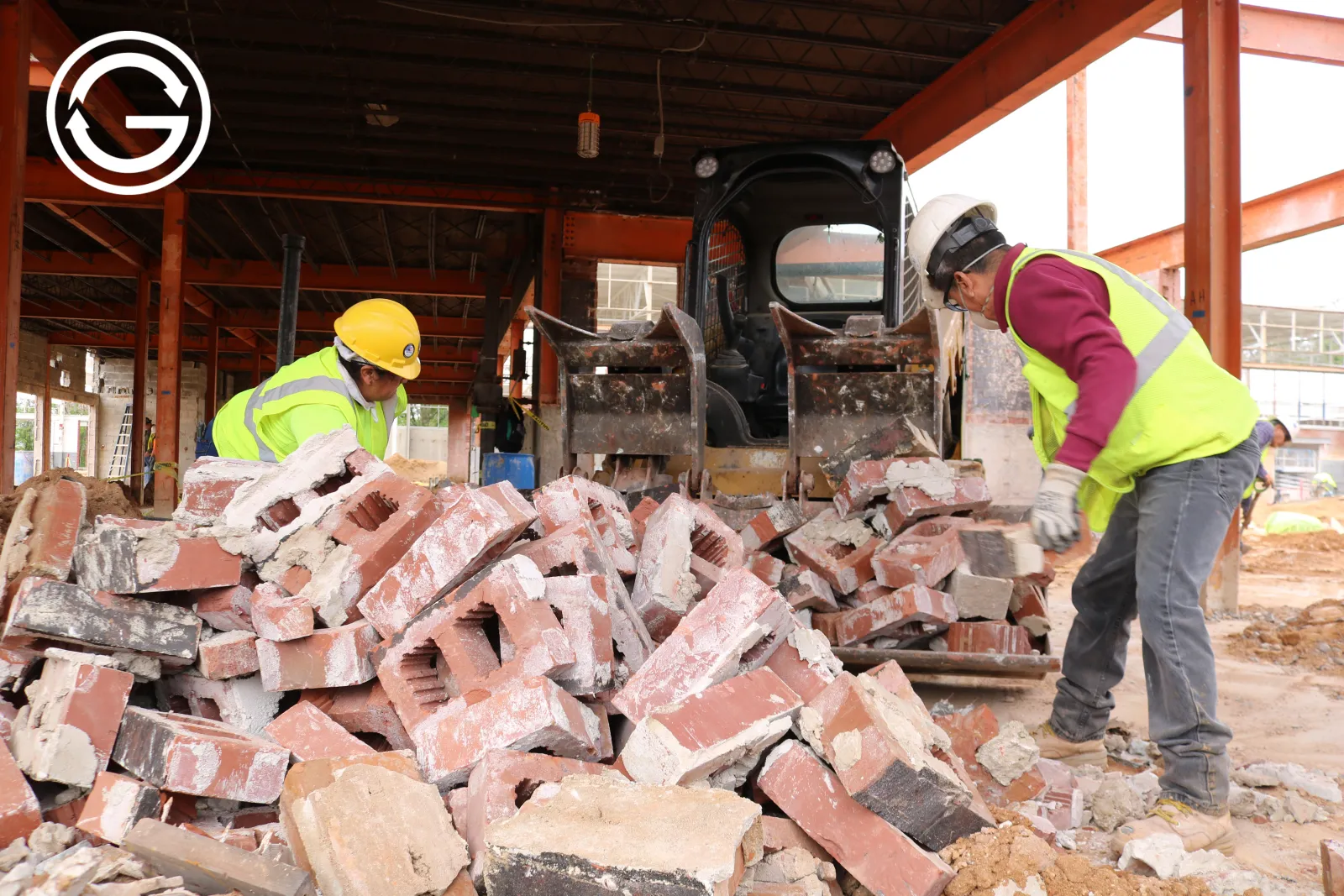
If your aim is to keep material and debris out of landfills, you will want to be sure that whomever you contract with has the ability to recycle materials.
Is Deconstruction Worthwhile?
Deconstruction does keep material out of landfills. It also reduces carbon dioxide production from the manufacture of new materials. It is a particularly good option if what is coming down in a home or office that might have reusable materials. However, that only covers a portion of all demolition projects.
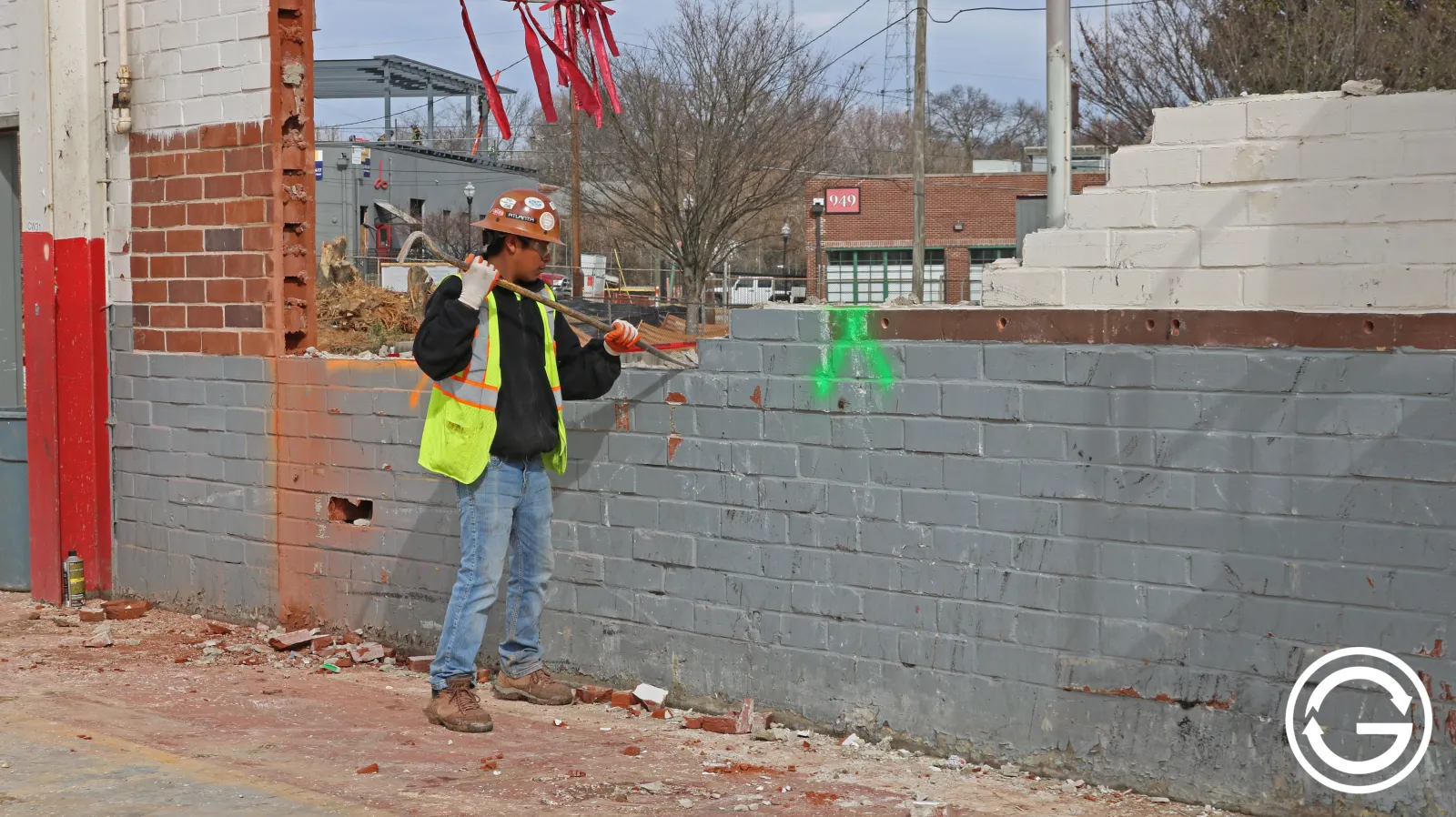
There are two drawbacks to deconstruction, however. First, it takes time. It requires a lot of careful labor to remove items like molding, windows, and stonework, and much of this has to be done by hand. Second, it tends to cost more up-front—again, because of the time and labor involved.
Turnkey Demolition Can Include it All
There are times when deconstruction is not possible, or when the materials that could be extracted do not justify the costs. For these kinds of projects, a more traditional demolition approach is needed. But demolition itself can be done in different ways. It is best to find an environmentally conscious demolition company (like us) to handle all aspects of the demolition and ensure that less material ends up in the landfill.
Whenever we come to scope a project (and we take pride in scoping thoroughly), we try to determine answers to questions such about:
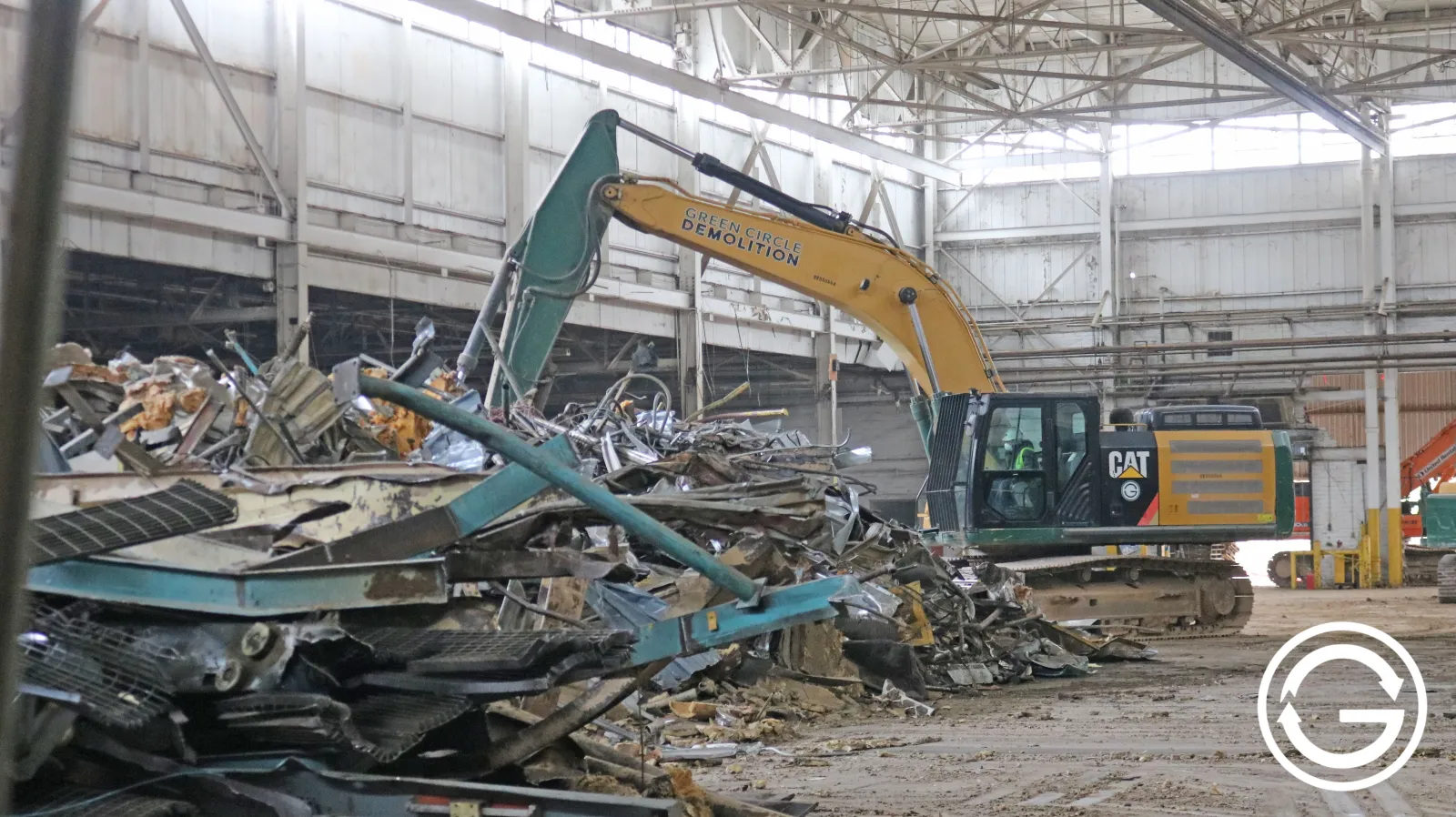
Permits: Which permits are needed? What needs to be done to stay in compliance with local ordinances?
Space: How much room is there for machinery? What is access to the site like?
Protection of the area: Are there trees or landscaping that need to be protected? Other buildings or units? How densely populated is the area?
Safety: What is the current condition of the structure? What is the risk of falling debris or structural collapse? Are there any toxic materials on-site? Is hazardous material abatement needed?
Utilities/turn-off: Is there electrical, gas, or water service running to the structure? If so, have they been turned off? At what point? Will pipes or wires need to be reclaimed?
Timeline: How quickly must the project be completed? Are there other projects with timelines that depend on the completion of the demolition?
Materials: What are the types and amounts of materials involved? Though many materials can be reused or recycled—people are often surprised at just how many!—many cannot because of their composition or lack of durability. Even for material that can be reused or recycled, it is worth asking if there is enough to justify the cost of extracting it.
Other Related Services
The distinction between deconstruction vs. demolition makes it sound as if there are two totally different services from which to choose, but it's really just a rough-and-ready distinction. There are many more services worth exploring.
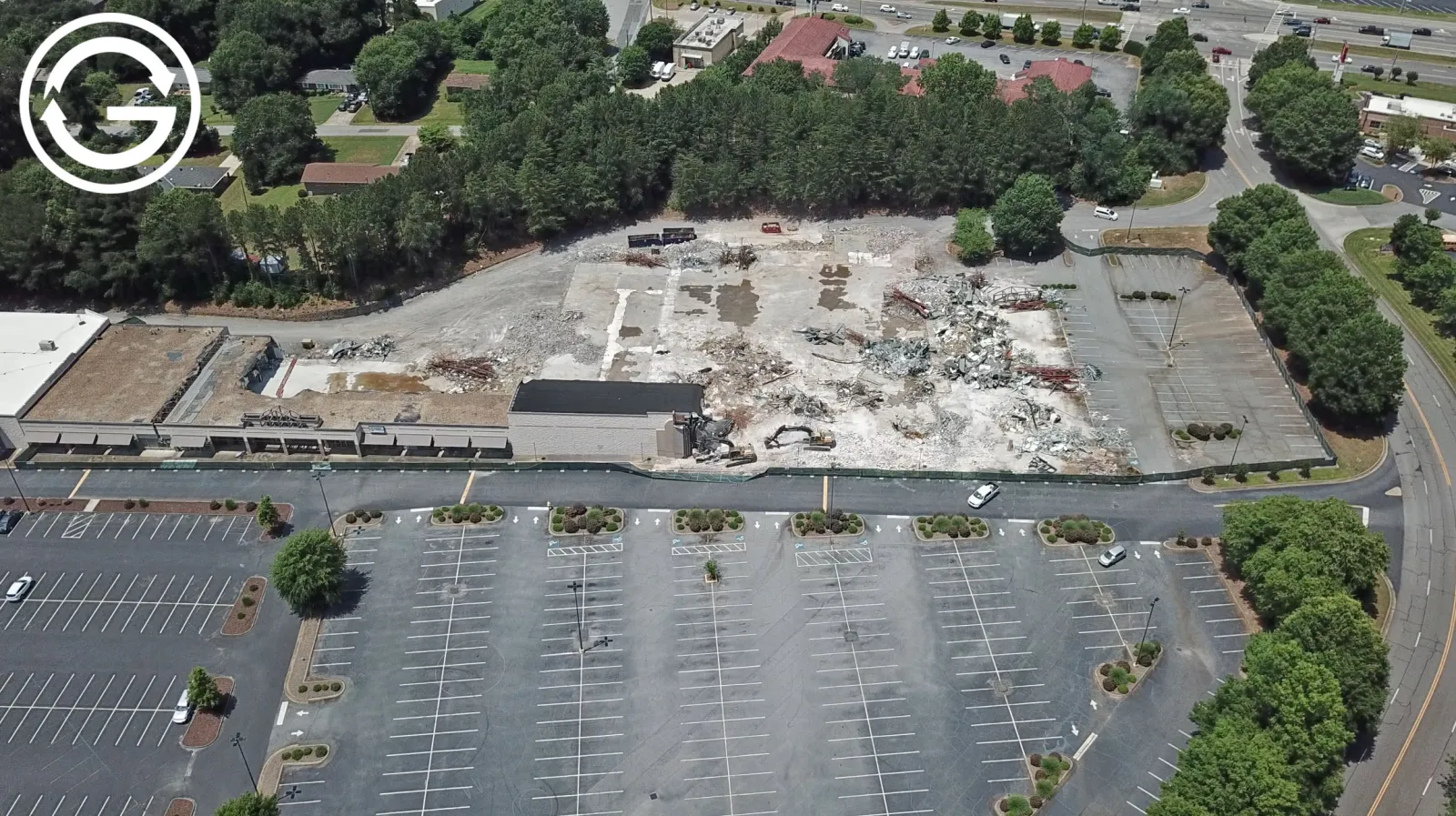
For example, you might find the following services provided by demolition companies:
Hazardous Material Handling
The type of project under discussion (including its size and scope), the materials involved, the budget available, and your own goals all contribute to the decision about what services will be needed. In other words, every project is unique.
For example, removing the interior of a building for future use is a much different project from a total demolition of a building and surrounding sidewalks and patios. Both are different from a job requiring both abatement and material reclamation.
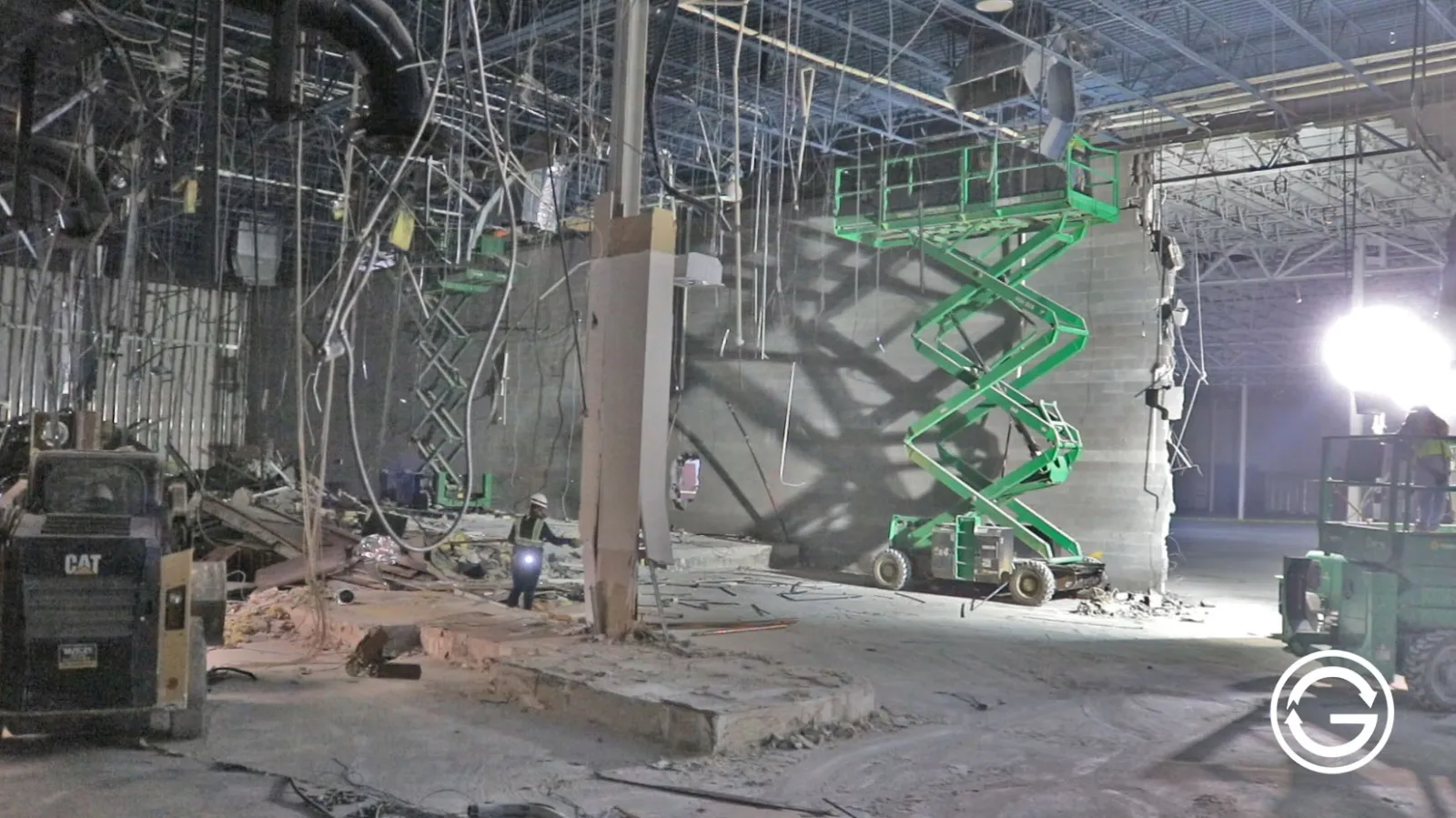
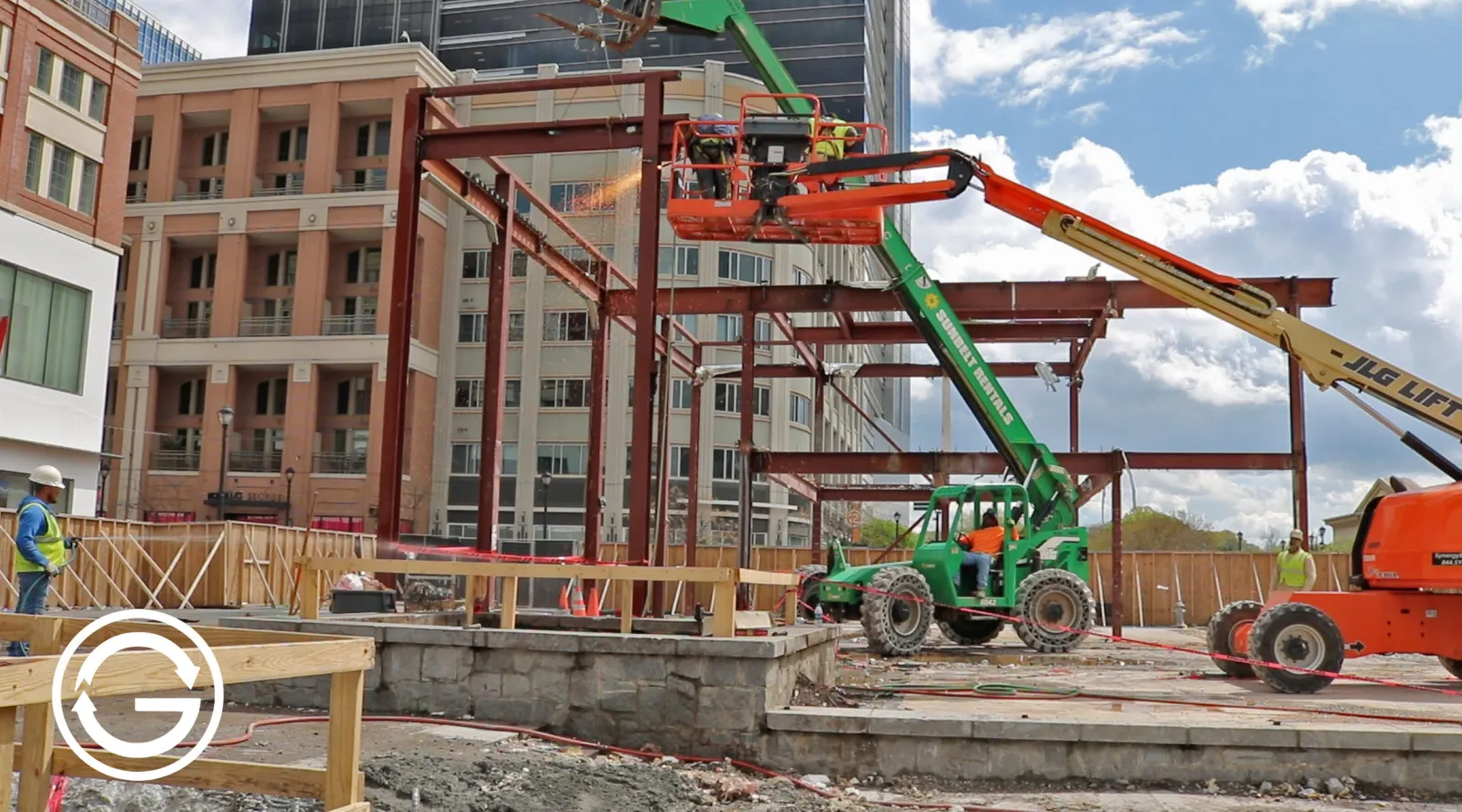
That's why we take complete ownership of our projects to ensure that it gets done right—while taking the stress and burden of managing the project off your shoulders. Sometimes, we even work with our competition, taking on difficult or tricky projects that require additional expertise and accountability.
Because instead of shopping for individual services, you should find a good partner you can trust. That is ultimately what is going to help you meet your project goals. If you want to talk to us about your project, fill out the form here when you are ready.




